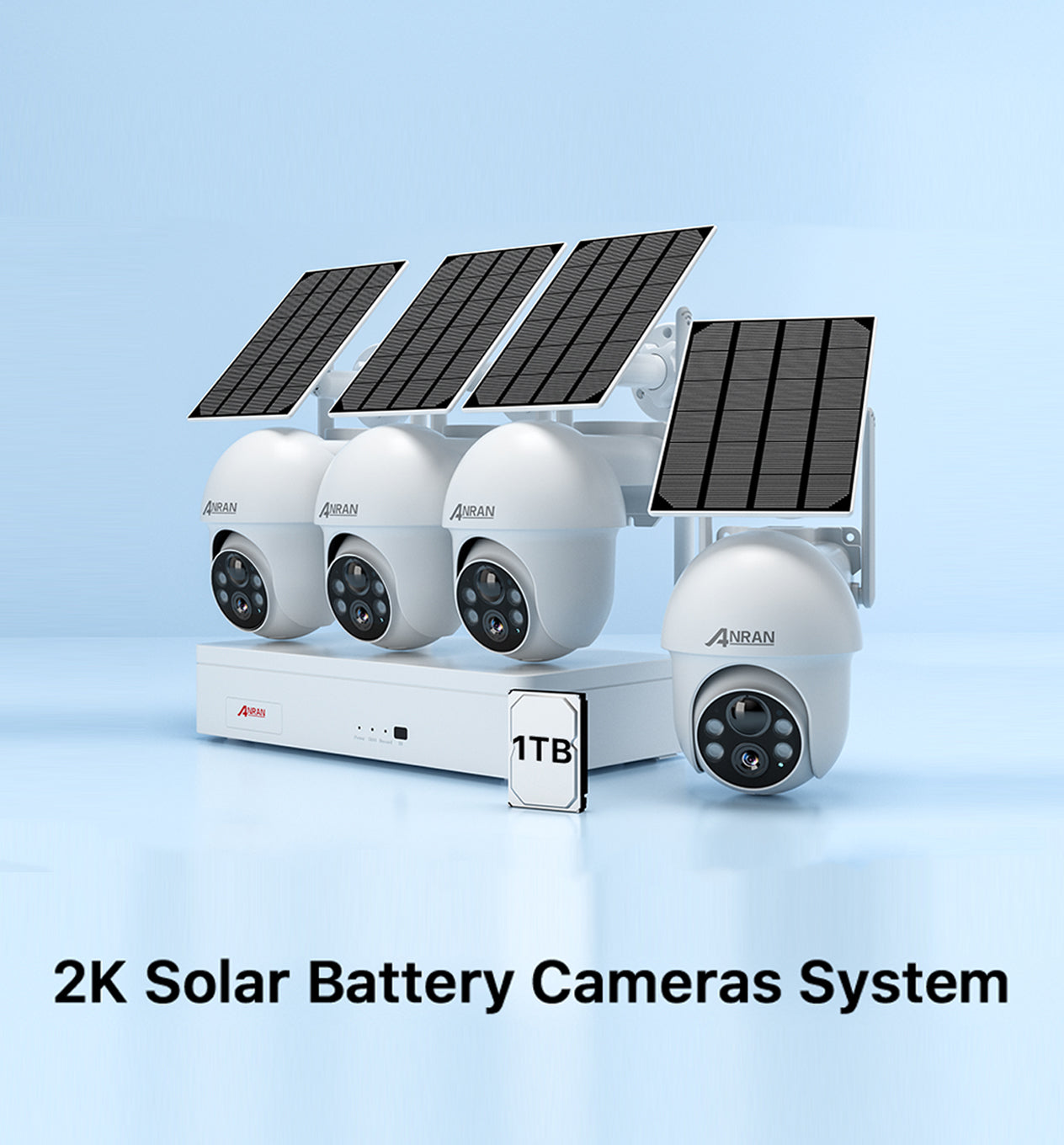The journey of CCTV cameras has been remarkable, evolving from basic analog systems to sophisticated smart technology. This evolution has significantly transformed the landscape of security and surveillance, making it essential for both residential and commercial applications.

CCTV Camera: The Early Days of Analog Technology
In the early days, CCTV cameras were primarily analog devices. These cameras captured video footage using analog signals, which were transmitted to a recording device. While effective for their time, these systems had limitations, such as low resolution and the inability to access footage remotely. Have you ever wondered how these early systems paved the way for modern technology?
- Low resolution: Early analog cameras typically offered resolutions of 240 to 480 lines.
- Limited storage: Footage was recorded on VHS tapes, which required physical storage space.
- Static viewing: Users could only view footage on-site, restricting accessibility.
The Transition to Digital CCTV Cameras
The transition from analog to digital technology marked a significant turning point in the evolution of CCTV cameras. Digital cameras offered enhanced image quality, allowing for clearer and more detailed footage. Additionally, the introduction of digital video recorders (DVRs) enabled users to store and manage their recordings more efficiently.
What were the key benefits of this transition? Consider the following:
- Higher resolution: Digital cameras can achieve resolutions of 720p, 1080p, and even 4K.
- Remote access: Users can now view live footage from anywhere using smartphones or computers.
- Advanced features: Many digital systems include motion detection, night vision, and cloud storage options.
Smart Technology: The Future of CCTV Cameras
Today, CCTV cameras have entered the realm of smart technology. These advanced systems utilize artificial intelligence (AI) and machine learning to enhance security measures. Smart cameras can analyze footage in real-time, detect unusual behavior, and even send alerts to users.
What does this mean for security? The implications are profound:
- Enhanced security: AI-driven analytics can identify potential threats more effectively.
- Integration with smart home systems: Many modern cameras can connect with other smart devices, creating a cohesive security network.
- Data-driven insights: Users can access detailed reports and analytics to improve their security strategies.
Choosing the Right CCTV Camera for Your Needs
When selecting a CCTV camera, it is crucial to consider your specific needs and requirements. Factors such as resolution, storage capacity, and connectivity options should guide your decision. Additionally, exploring reputable brands and manufacturers can ensure you invest in a reliable system.
For more information on high-quality CCTV solutions, visit  . They offer a wide range of products that cater to various surveillance needs.
. They offer a wide range of products that cater to various surveillance needs.
In conclusion, the evolution of CCTV cameras from analog to smart technology has revolutionized the way we approach security. By understanding this progression, users can make informed decisions about their surveillance needs, ensuring safety and peace of mind.







